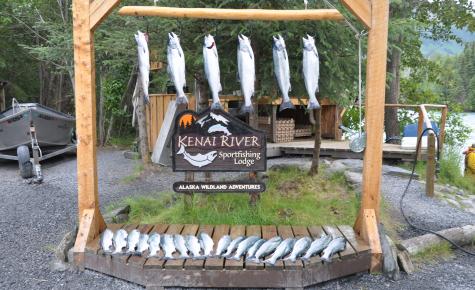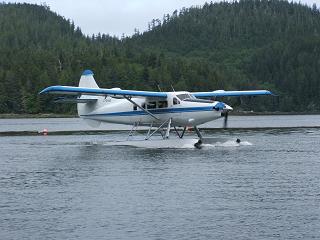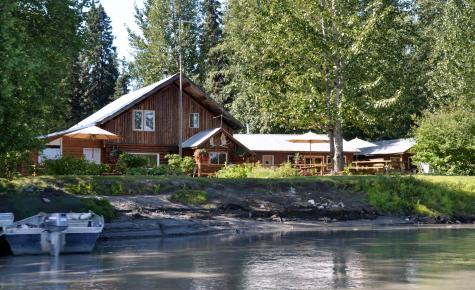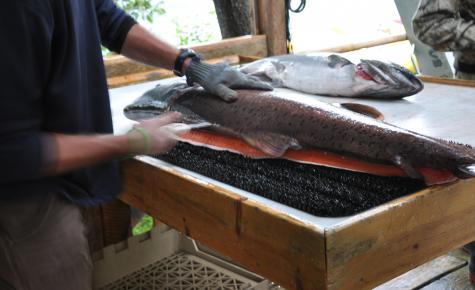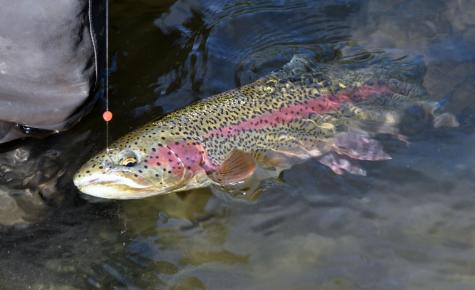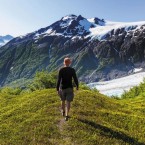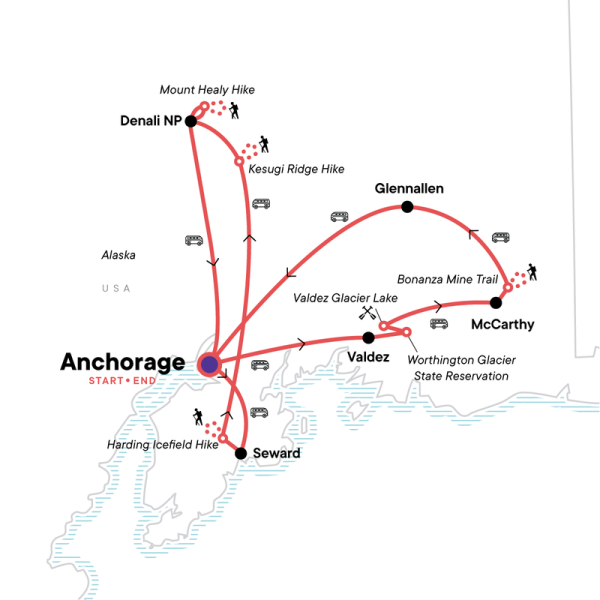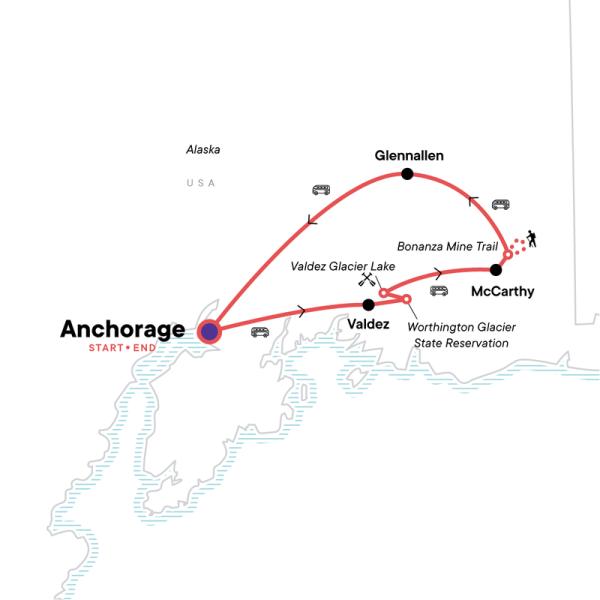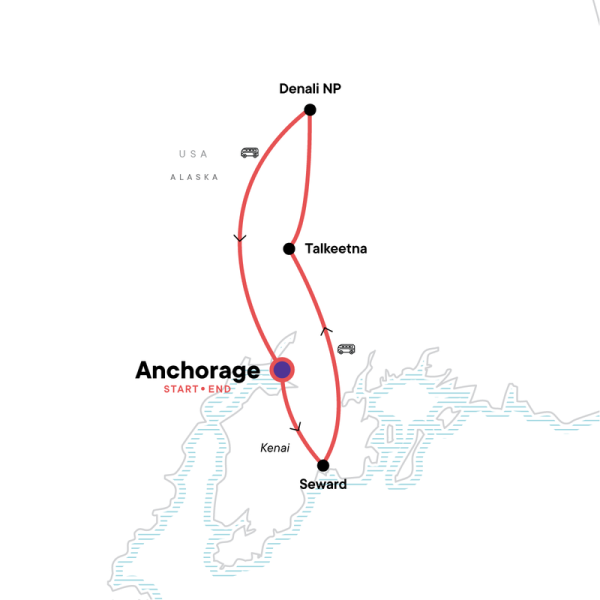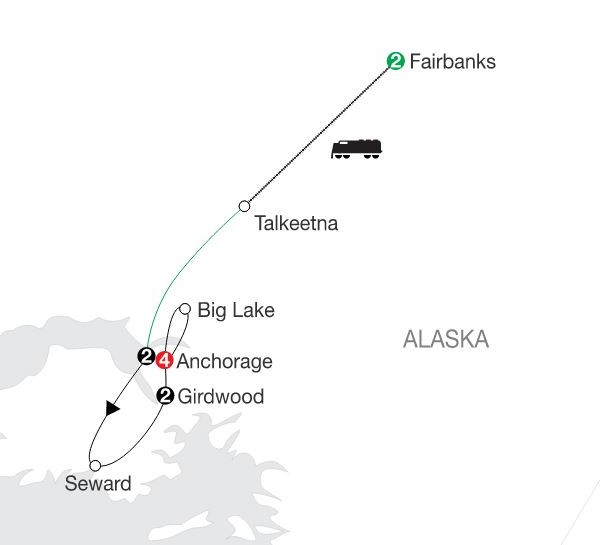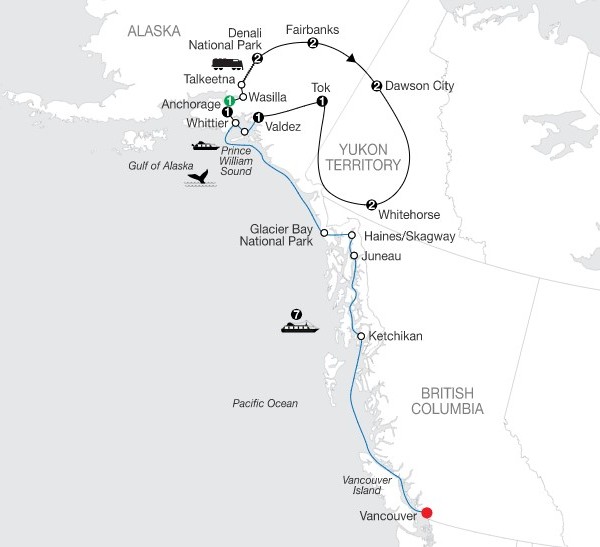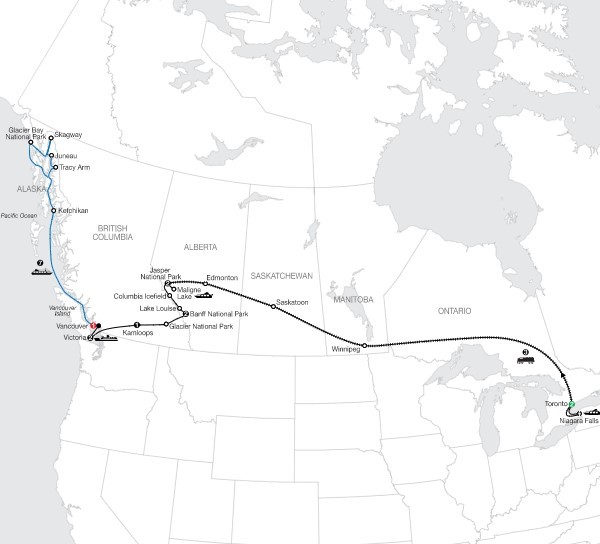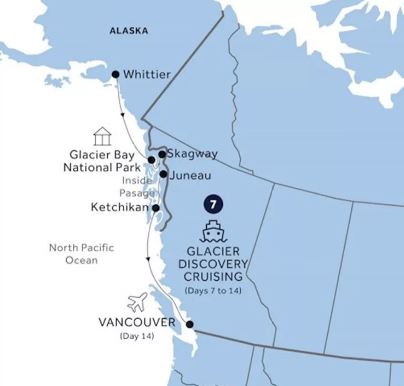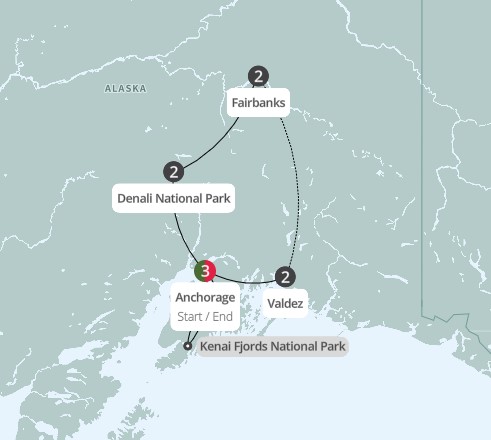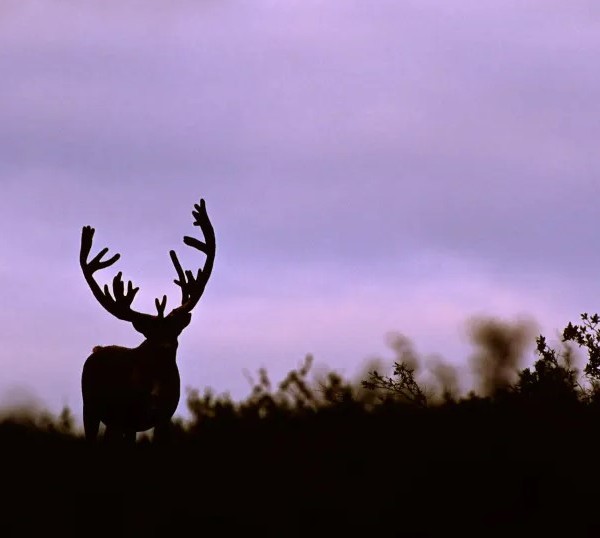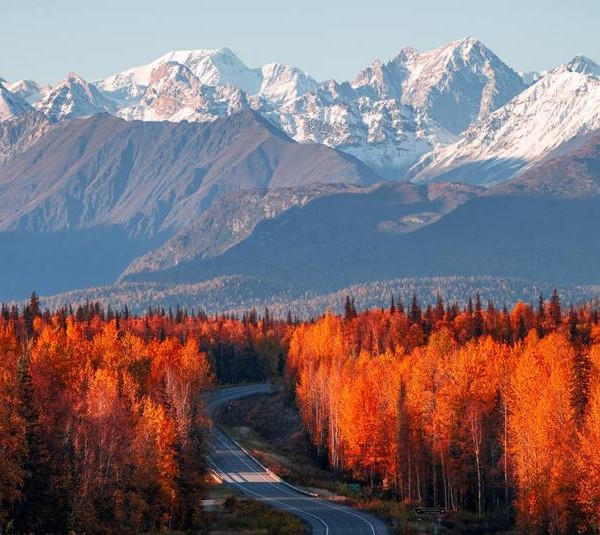Salmon Fishing in Alaska is a religion! Wild Alaskan Salmon is essential to the economics of Alaska as seen by the huge commercial fishing boats and it is equally important to the local Alaskan who fills his freezer to get himself and his family through the long winter. The way they flash freeze their Salmon and package it, they guarantee it for 1 year in the freezer with no loss of eating quality.
There are 5 main types of Pacific Salmon that are present in Alaska.
- Chum (Dog)
- Sockeye (Red) – (7-12b) considered the most popular eating and a good fighting fish.
- Chinook (King )– the largest (often 30-60lb) and considered a real prize and great eating.
- Coho (Silver) – around (7 – 20lb) – also good eating and considered a good fighting fish.
- Pink (Humpback) – smaller and not considered good eating by the Alaskans (it is used for tinned Salmon and pet food!)
Essentially when it comes to dedicated fishing you have to time your fishing trip around when the salmon are entering each river to head up to their spawning grounds. Each river and salmon has a different time and often have two runs. The salmon have a mission on their hands – they have to swim some 80-100 miles upstream – but first they have to get past the commercial Purse fishermen out at sea, then they have to get past the thousands of fishermen lining the riverbanks and somehow evade the huge numbers of bears who are waiting to scoop them up in the shallows.
Fishing regulations are incredibly tightly controlled. Firstly based on how many salmon there are going into the river (they have sonar measuring systems to see how many fish go into the river each day) and also how many are getting past the bears and fishermen to actually spawn (also measured). All of this is considered by the authorities and they will increase/decrease the daily limit or even close/ extend the salmon fishing as necessary. We arrived after they had a huge run (250,000 sockeye the day before we arrived) so the limit was lifted from 3 to 6 Sockeye per person per day.
So no guarantees – you just need to get the timing right to maximise your chances. King Salmon are particularly sought after and you need a King Salmon stamp on your license (extra $10) and the limit is 1 per day and 2 per season. After you have caught your King Salmon for the day you have to put down your rod.
Huge numbers of Americans fly up to Alaska for dedicated Salmon fishing and they catch their maximum quota and then have all their fish FEDEX’d back to their homes. All the fishing lodges are incredibly well setup for this, as are the local airlines. You see hundreds of people with huge boxes of chilled/frozen salmon going into their luggage.
The actual fishing is mostly done out of small boats with a guide and maybe up to 4 fishermen. The lodges provide all the gear that you need so you don’t need to take anything with you other than layers of warm clothing. You usually take boats up the rivers and then either fish from the boat or you may fish from the banks depending on where you are and what you are fishing for. There are actually very few roads in Alaska so many of the lodges are only accessed by floatplanes.
Fishing areas that are accessed by road (ie. the Kenai Peninsula) are hugely busy with local fishermen as they can easily drive there. Ditto I would recommend avoiding weekends where possible as you will see whole families out fishing. The locals typically use inflatable row boats to access the rivers and fish from. We regularly saw Combat fishing in the Kenai Peninsula (fishermen standing shoulder to shoulder along the riverbanks!). Locals have different quotas from visitors to the State.
The guides are all very strict on the regulations and will not break any rules – they risk huge fines (as do you) if you are caught.
It is very easy to include a day or more fishing into an Alaskan itinerary without having a ‘dedicated fishing trip’. Non fisherman can easily enjoy the scenic area, take a walk, do some photography or simply relax around the lodge.
Good fishing options, especially just for a day or two are Cook Inlet, Seward and the Kenai Peninsual. Homer provides great fishing and you can also fish for Halibut up here.
Fly-in Fishing Lodges
For those wanting to floatplane into a remote Fishing Lodge there are lots of options and we would choose the right lodge/river depending on the timeframe.
Typically with the fly-in fishing lodges, they are all inclusive including flying you into the lodge from Anchorage. All meals are included and you have a cash bar for drinks. You get assigned a guide and they usually look after you for your stay and you can decide together what you want to go fishing for. At our lodge we had the option of choosing from 3 of 4 different fishing times. Ie. before breakfast, after breakfast, after lunch and after dinner. You and the guide decide where and what you will fish for the day Ie. targeting silver or sockeye salmon or trout fishing. The guide will then stock the boat with the appropriate fishing gear. On arrival you get issued with waders and any other gear that you need.
We had an excellent chef and the meals were fantastic. Cabins were rustic spruce log cabins with log burners and no electricity, although they had hot water for showers etc.





